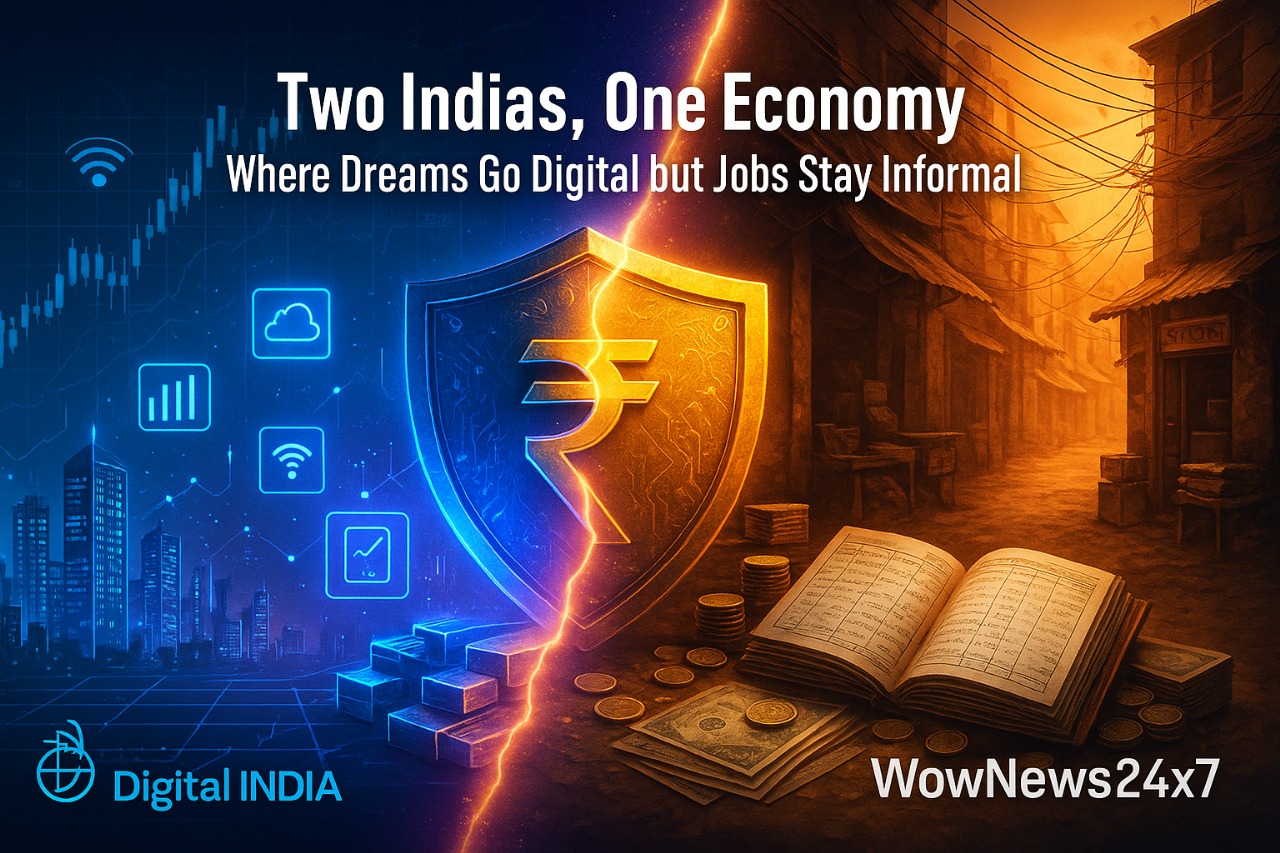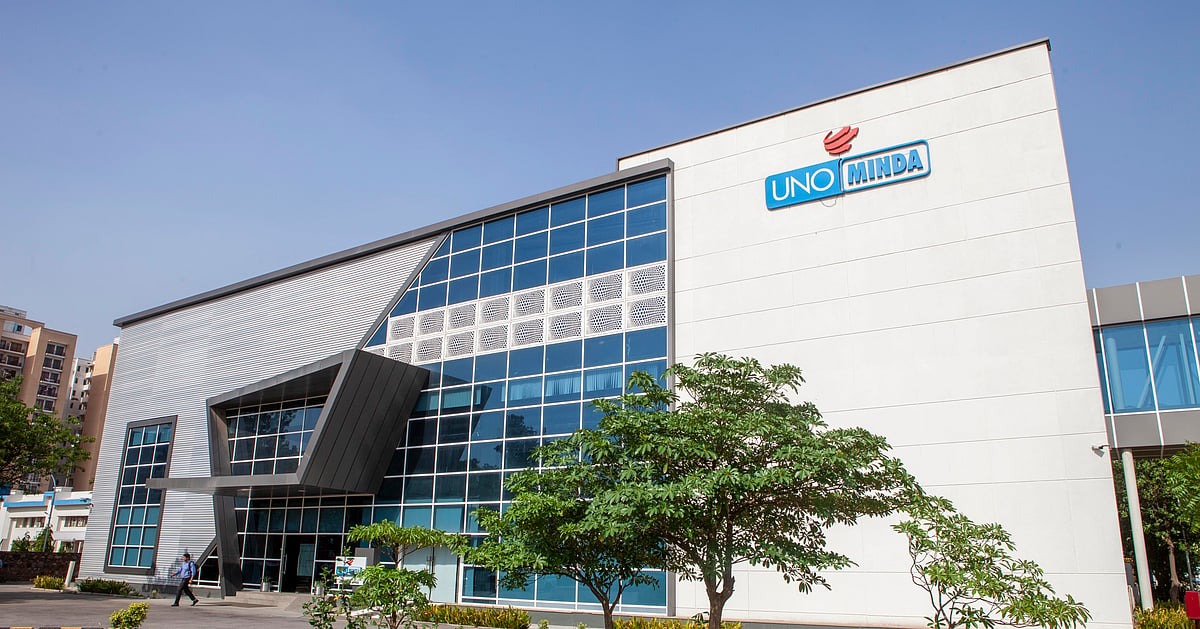India's economic success is marked by a breathtaking paradox: while the country is moving towards a $5 trillion formal economy fueled by digital payments, GST compliance, and startup entrepreneurship, over 80% of its labor force remains entrenched in the informal economy, according to the latest PLFS 2022–23 data. This dualism is not a policy failure—it is the signature of India's development path.
Key Highlights:
-
The informal sector employs over 90% of India's workforce and contributes nearly 45% to GDP, as per ILO and SBI Research approximations.
-
The informal workers comprise street vendors, gig workers, artisans, and farm workers, most of whom do not have access to formal credit, social security, or skills certification.
-
Udyam, EShram, GST, and JAM trinity despite attempts at formalisation, structural exclusion and compliance costs still keep most businesses out of the formal economy.
-
The informal economy was also buoyant during COVID19, absorbing employment shocks when formal employment diminished.
-
Experts urge a twopronged strategy: insure informal workers with transferable benefits, enable skilling and microfinance, and create aspirational pathways to formality.
-
Compulsory formalization without assistance threatens to force small enterprises into the shadow economy or insolvency.
India's informal economy is no anachronism—instead, it is an energetic, entrepreneurial presence sustaining livelihoods in huge numbers. The problem is not to eliminate it, but to make it more robust and productive and to connect it to the formal economy.
Sources: Governance Now, Observer Research Foundation, Azim Premji University
Advertisement
Advertisement




